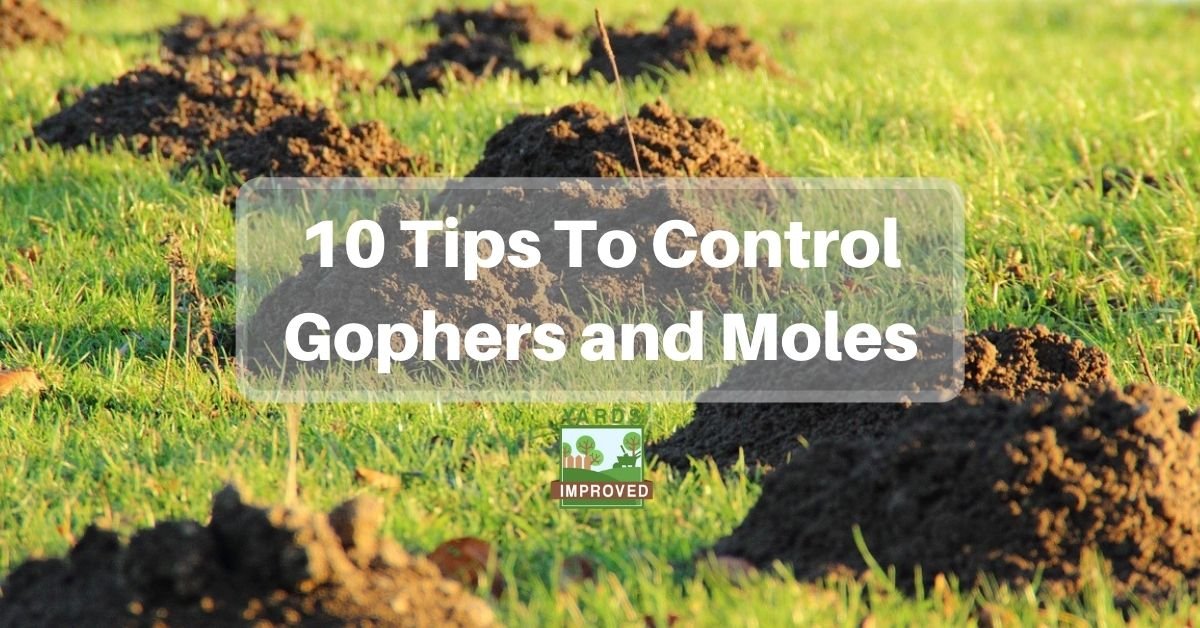It’s been a few decades since Bill Murray battled a puppet gopher starred in Caddyshack, but many still enjoy the comedy. Far fewer, though, enjoy the presence of real gophers in their gardens.
Gophers, moles, and voles can leave holes all over your garden or lawn. They do damage to plants and trees. Their holes can also create a hazard for anyone who might accidentally step in them.
Obviously, it’s important to try to prevent an infestation in your yard or garden. But how do you know which pest you have and what can you do about them?
How To Know Whether You Have Gophers, Voles, Or Moles
With any problem, it’s important to know what the problem actually is before trying to treat it. It’s easy to assume one issue and start a course of action only to discover that your assumption was wrong. And that often leads to the remedy failing as well.
There are some treatments that will work for any of these pests, but others are only effective against one or another. So it’s important to know what you’re combating before planning your strategy.
Is it deer that are munching on your plants? Check out these tips for keeping them out of the garden.
Appearance
You might not always get a chance to see the creature, but if you do, it’s relatively easy to tell the difference between the three species in question.
A gopher (also called a pocket gopher) is the largest of the three. It measures between about 5 and 14 inches long when fully grown. In addition, its tail is about 4 inches. They weigh anywhere between 5 and 14 ounces. Their ears are small. Their fur is brown, grey, or even white. They have long, sharp claws.
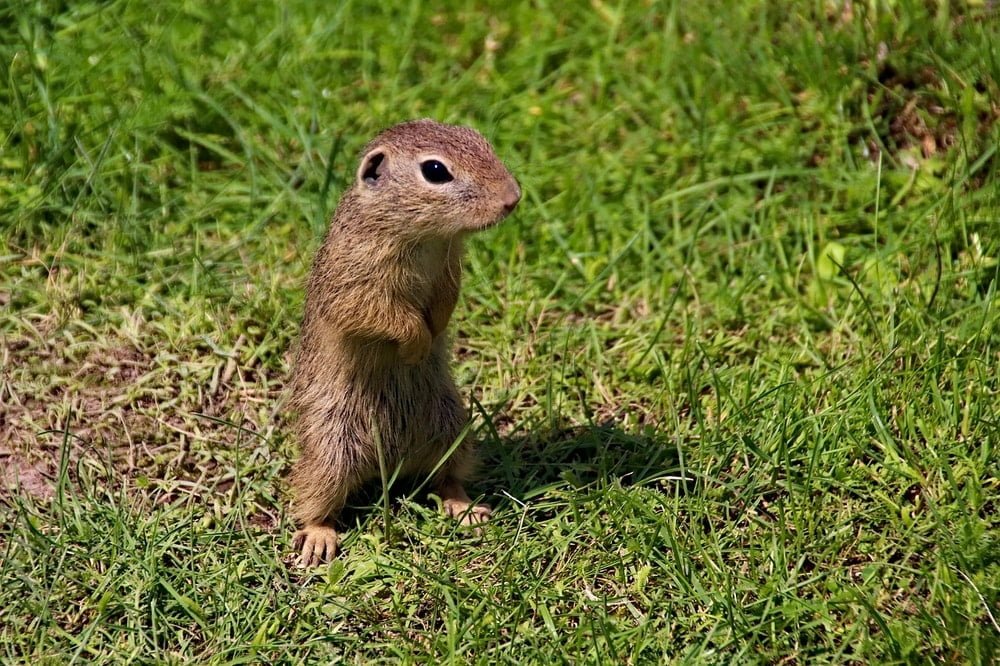
A mole can be about the size of a small gopher, measuring 6 – 8 inches long. However, it has a long, narrow snout that’s not covered in hair. Its feet are flat. The coloring of a mole is black or brown.

Voles can be 3 – 9 inches long. They’re more closely related to mice but their body is a bit stronger-looking. Sometimes they’re mistaken for field mice. They’re fast on their feet and have long tails.
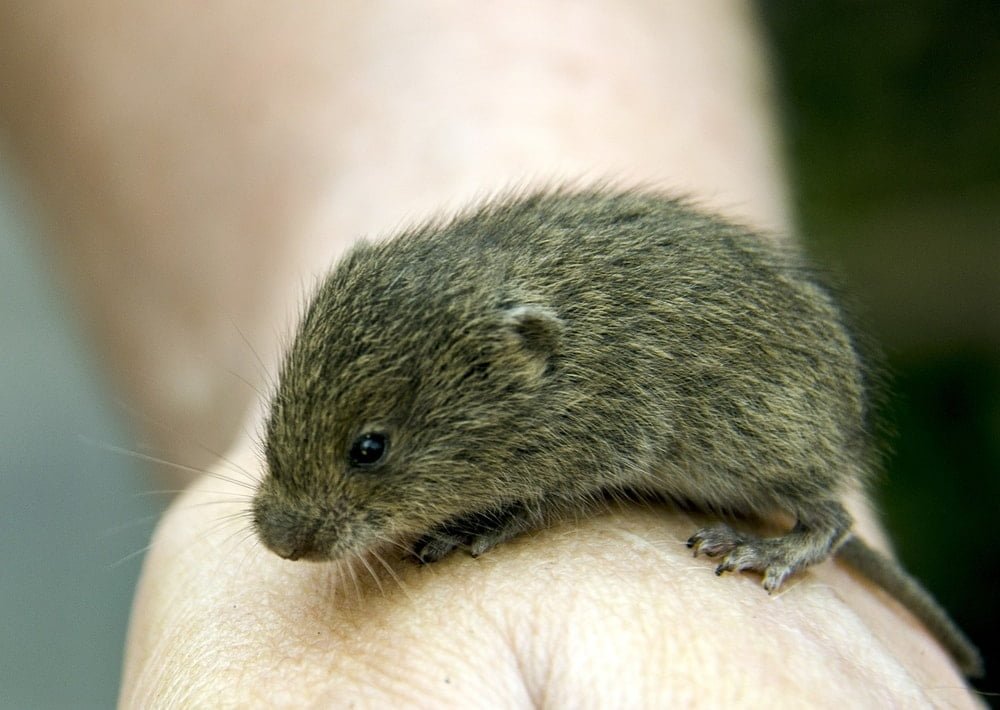
Attractions
Another way to tell which pest you have is to look at what they’re eating. These small animals each have a unique diet that may attract them to your garden.
Gophers prefer tubers and roots. Carrots, sweet potatoes, onions, and the like are their primary targets. But you might also see them destroying beds of clover, hostas, and poppies from the bottom up.
Moles have a very different diet, though. They’re not much into vegetation. Instead, they dine on grubs, insects, spiders, snails, earthworms, and small animals. While getting rid of some of those is good for your garden, an overactive population might do damage by eliminating the more helpful creatures.
Voles are plant-eaters. Like gophers, they go for tubers. But they also dine on heavier roots from trees or bushes as well. In addition, they’ll gnaw on the bark at the base of trees, leaving the clear mark of their front teeth. As rodents, they have two prominent teeth in front, so you’ll recognize their damage by two parallel marks about ¼” long.
Both voles and gophers are more than ready to become squatters in tunnels left behind by others. Gophers usually only inhabit gopher holes, while voles can choose to take over what gophers, moles, or other voles have left behind. Moles will burrow in soil that has a high concentration of organic matter (because that attracts their food sources) and that is only slightly acidic.
A Different Hole
The hole and tunnel systems left by moles and gophers also show different characteristics.
A mole hole will have a uniform circle of dirt around out. On the other hand, a gopher will toss dirt out behind it as it digs, leaving a horseshoe-shaped mound that only partially encircles the hole itself.
Mole tunnels are right under the surface and you can often see the top of the tunnel as a raised bump in your soil. Gopher holes are deeper so you won’t be able to see exactly where they head.
We do want to mention that not everything is negative in having these animals in your yard. Moles, in particular, can form an important part of your ecosystem. While the ridges in your lawn can create a bid appearance, they aren’t eating your plants. Also, their burrowing near the surface helps aerate your lawn. It may not do the job completely, but the primary concern with them is cosmetic.
Tips For Getting Rid Of Moles And Gophers
There are a number of ways to get rid of these pests. Here we’ll make suggestions and try to offer a wide variety of options that will serve you well.
Take Away Plants
We know you aren’t like to set out a plate for any of these pests. However, your garden may be offering them just what they want to dine on.
So one way to avoid these pests is to avoid planting things they’re attracted to. Tubers and bulbs can be food sources for gophers and voles, so you could decide to leave these out of your garden completely.
Of course, you might not want to do that. Growing your own onions or carrots is great. Flowers that grow from bulbs are beautiful. So it’s perfectly natural to want to keep them. In that case, there are plenty of alternatives.
Add Plants
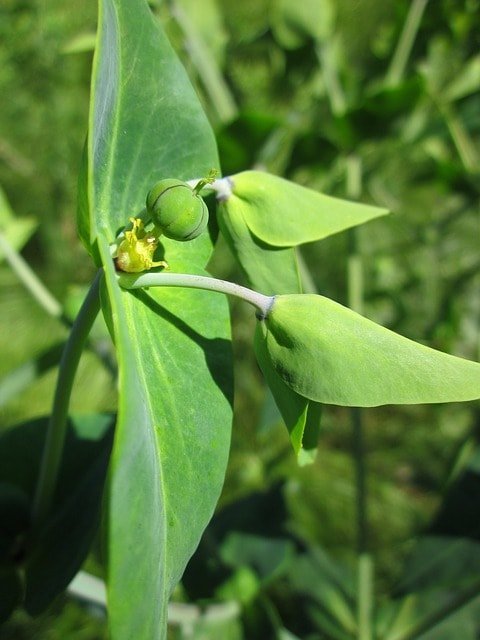
Instead of subtracting, you might be able to keep pests away by adding.
Gophers aren’t fond of a plant called “gopher surge” (Euphorbia lathyris). Adding this throughout your garden can help keep them away.
Moles tend to avoid other plants, including Narcissus and Castor bean (they can’t stand castor oil, either, but more on that below).
Turn Up The Volume
This trick works well for gophers, although not so much for the others. Gophers, though, are averse to loud sound. Hanging wind chimes near their holes or even pumping music through them can be enough to scare them off.
Stink Them Out
The smell of coffee is great to wake up to – for us. For moles and gophers, though, it’s pretty nasty. They’re also likely to avoid areas with the smell of fish or pet waste. Or you can add 2 tablespoons of dishwashing liquid and 6 ounces of castor oil to a gallon of water and spray the mixture around your yard.
Of course, they’re also reluctant to come where they smell predators. Gardening stores and hunting stores may sell coyote or fox urine. This is especially useful with voles. But that odor might keep you away from the garden, too!
Make The Ground Inhospitable
Moles thrive in damp, loose soil where it’s easy for them to tunnel. One way to get rid of them, then, is to let the soil dry and to compress it. This will make their digging tougher and force them to pack their bags and move along.
Of course, this might not be in the best interest of your lawn, either. As we mentioned above, moles do help aerate the soil which is important for the health of your lawn or garden. Failing to water and more-compressed soil is not only chasing off moles but can also harm your plants.
Watering and aeration are important parts of maintaining a good lawn and garden, and this method could set back your progress, so implement it only after a lot of thought!
Block Them
Here it’s especially important to know what you’re dealing with. Since each of these animals has unique burrowing habits, you’ll have to know what kind of barrier you need to keep them from digging or inhabiting old tunnels.
If you’re primarily concerned about gophers damaging your lawn, you can add wire mesh below your sod. About 1-2 inches below the sod is great; just cover it with dirt then add the sod. This is close enough to the surface that gophers can’t burrow over it. At the same time, it gives room for your grass to take root without problems.
If you’re looking for something for your garden and know that gophers are going to want to visit, you can opt for a perimeter barrier instead. You’ll need to dig a trench all around the garden between 24 and 36 inches, though. Add a wire barrier there and bend the bottom in an L-shape, with the base pointing away from the garden. It should also extend about 6 inches above the soil. Fill in the trench and you’ll have a wall that will block any of these creatures.
There are also cages that go around the root systems of individual plants and bushes. Obviously, this isn’t too practical for general gardening, though. But it might work if you’re planting larger perennials.
Invite Predators
There are a number of larger animals that prey on your pests, and some may discourage them simply with their presence.
Owls are great at getting rid of these creatures. You can encourage them to visit your yard by adding an owl box where they can nest.
There is also a type of snake called a gopher snake that you can buy and release in a gopher hole.
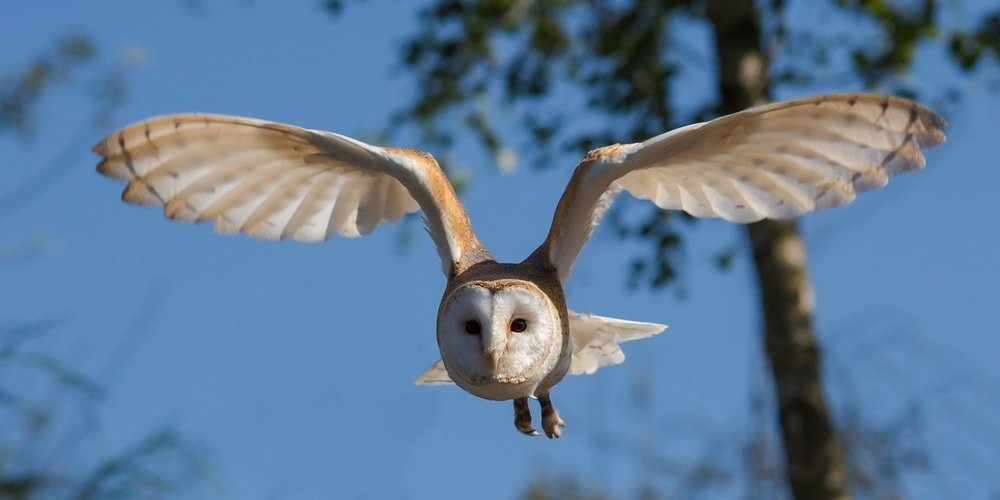
Even just the smell of your cats or dogs can discourage these tunneling visitors. Just be careful as other predators such as owls may attack small pets.
Gas Them Out
Another way to discourage these creatures from continuing residence on your property is to gas them out. Smoke bombs can help them decide it’s time to find a new place to live. Just ignite them and drop them into the holes.
The lingering smoke in the holes can help keep them from returning.
There are even some products available specifically for this purpose.
Trap Them
There are two general types of trap that work well for these critters. One traps them alive and allows you to transfer them to another location. The other kills them.
The first is preferable, of course; we prefer resorting to killing only when necessary. However, be sure to check your local laws first. Some states prohibit the transfer of these animals off your property. Use common sense and basic decency, too. Think about the harm they could cause in their new environment. There could be better alternatives.
Poisons
There are many poisons available to help control moles, voles, and gophers, as well. These should be a last resort not only because they kill the pests, but also because they can be harmful to children.
However, sometimes it is necessary to use poisons to control these animals. Be sure to consult with your local garden center to see what works best and is legal in your area.
Conclusion
If your garden or lawn suffers from the presence of moles or rodents like gophers or voles, there are a lot of ways to get the problem under control. Keep things looking great and healthy! There are many simple ways to control these pests but sometimes it’s necessary to call in the big guns, too. With proper techniques, you can help keep your soil and plants in perfect shape!

